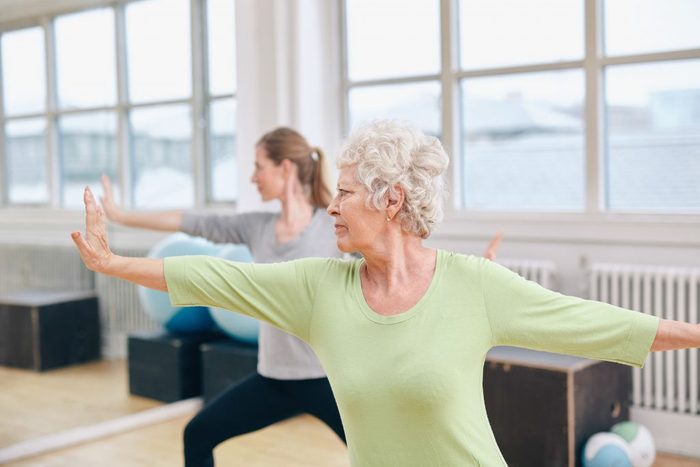
How to Relieve Back Pain: Exercise
It’s important to exercise daily, without fail. Do both stretches and strength moves, as both are key to reducing back pain. Through exercise, you can also increase your flexibility and allow for better nerve and muscle function, which adds up to less pain and fewer muscle spasms and less possibility of pinching small nerves. Move slowly and gently while doing them. The strengthening exercises are just as important – they tone muscles that support the spine.

How to Relieve Back Pain: Walk
Walk for at least 20 minutes a day, even if you’re walking slowly. Walking is a low-impact exercise that will increase your mobility. Bonus: you’re very unlikely to hurt yourself again while walking. Walking regularly also contributes to overall good health, including better sleep.

How to Relieve Back Pain: Swimming
If you have access to a pool, start by spending 20 minutes a day walking back and forth in chest-high water in addition to or instead of your walk. As your pain improves, start swimming. Swimming has gained a reputation as one of the best therapies for chronic low back pain. Studies find it not only significantly reduces pain, but also levels of stress hormones. That’s important because stress often contributes to low back pain. Plus, exercising in water helps prevent further injury because your back doesn’t have to bear any weight.
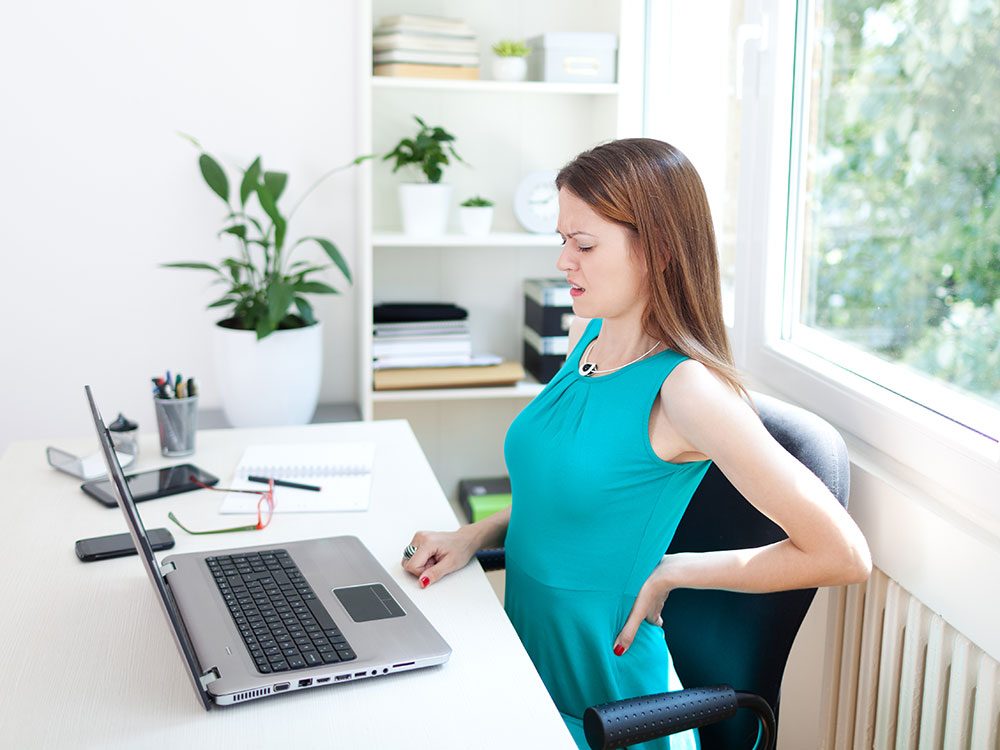
How to Relieve Back Pain: Do Posture Checks Every Hour
Make sure you’re standing or sitting up straight. Checking (and straightening) your posture regularly is important because bad posture contributes more significantly to low back pain than you probably realize, putting increased strain on the lower back.
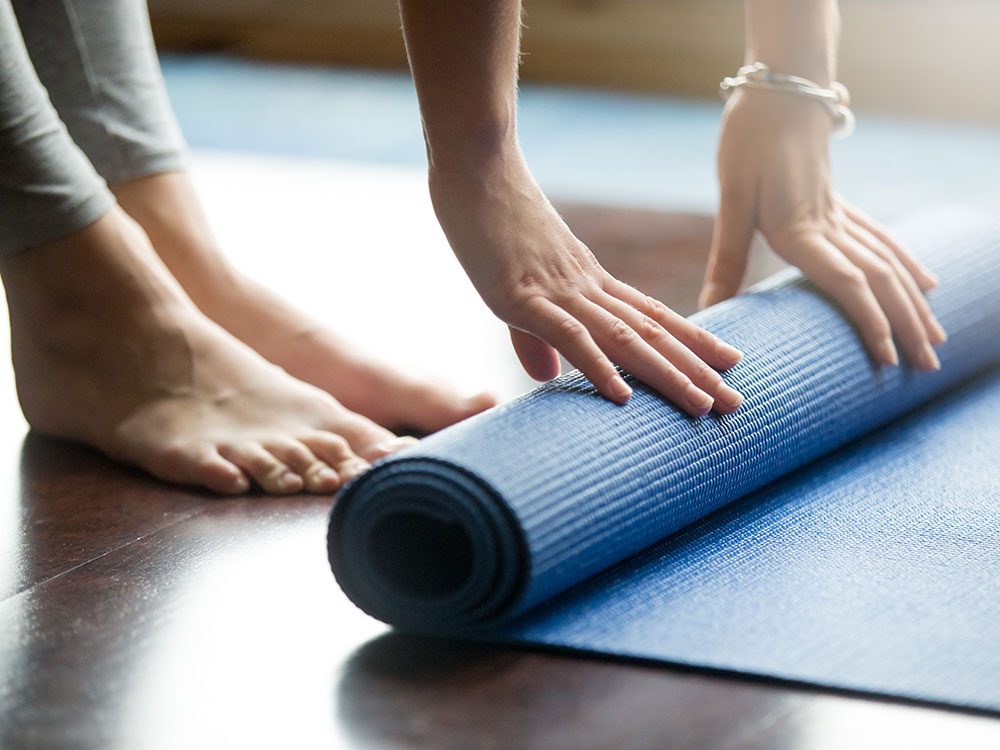
How to Relieve Back Pain: Hatha Yoga
Studies have shown that yoga, with its gentle stretching and core strengthening exercises, can improve back pain. Hatha yoga pays special attention to posture to prevent injury and uses props like belts, blocks, mats and small pillows to help you get the full benefit of poses even before you’re fully flexible.
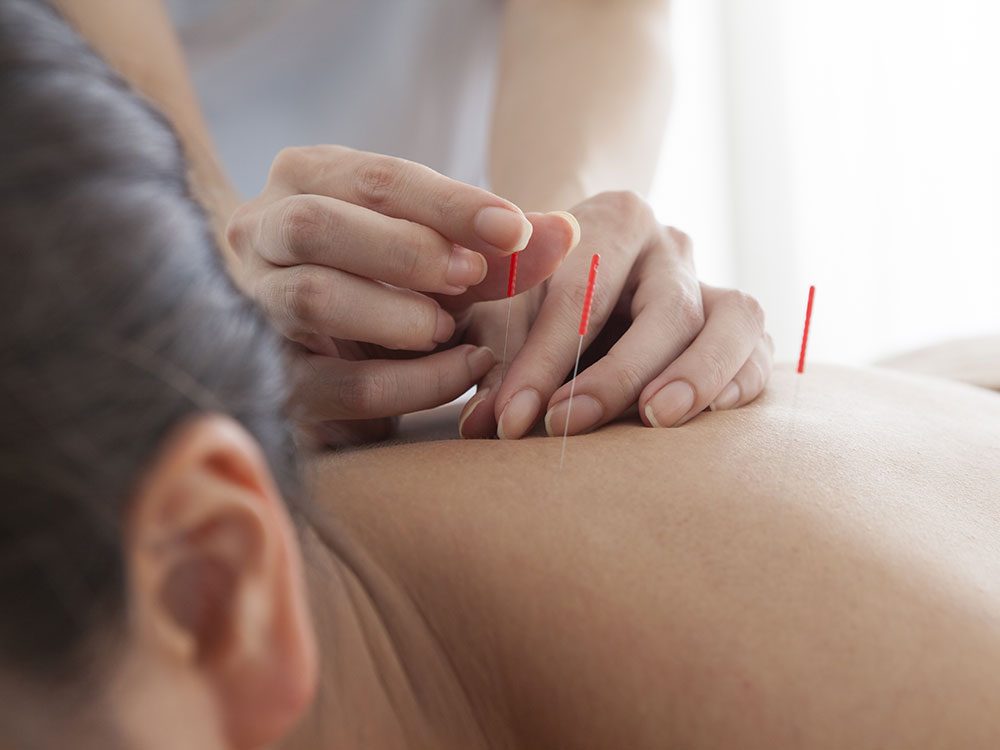
How to Relieve Back Pain: Acupuncture
The evidence is mixed on acupuncture’s benefits for low back pain, but it can have good results in some people, possibly by increasing the release of feel-good hormones called endorphins. We recommend trigger point acupuncture, in which the acupuncture needles are inserted deep into the muscles triggering the pain. (This may be a little painful, depending on the point and the skill of the operator.) One study found it relieved pain better than standard acupuncture or superficial trigger acupuncture.
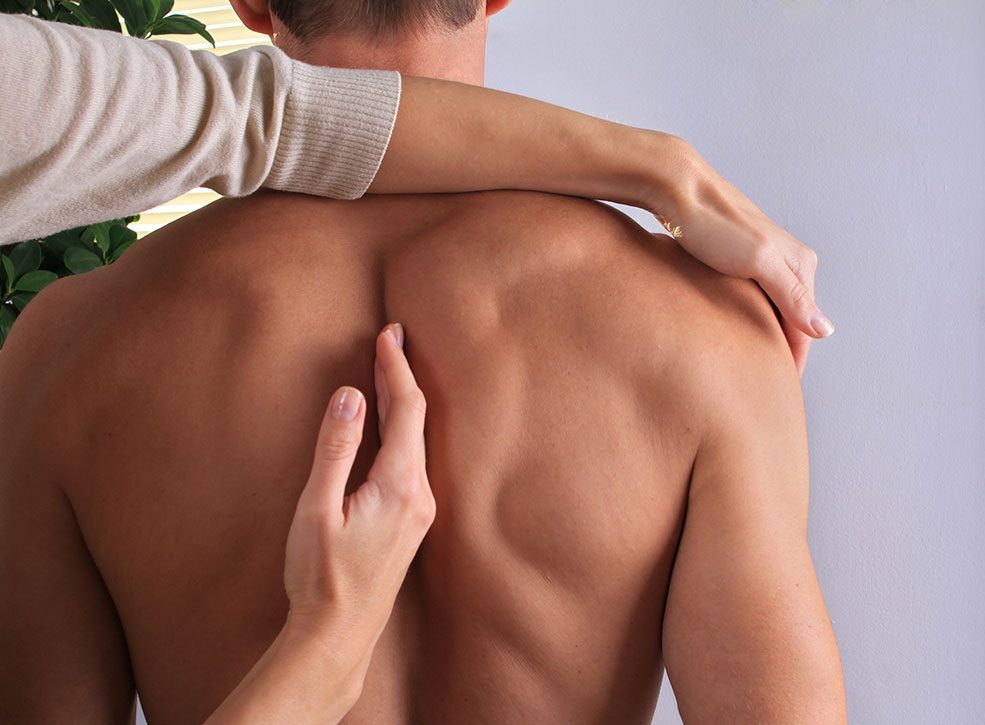
How to Relieve Back Pain: Chiropractic
As with many therapies for chronic low back pain, the evidence on chiropractic is mixed. It does seem to help with acute low back pain, but how much it really helps chronic back pain is less clear. One large review of 69 clinical trials found that it had an effect similar to prescription NSAIDs and was more effective in the long term than physical therapy. Bottom line: It’s worth a try. You should feel some relief within 5 sessions; if not, move on to something else.

How to Relieve Back Pain: Mind-Body Therapies
Relaxation therapy (such as deep breathing and visualization), biofeedback, cognitive-behavioral therapy and progressive muscle relaxation all help with chronic low back pain, probably because of the strong connection between your emotional and physical states. If one doesn’t work for you, try another.
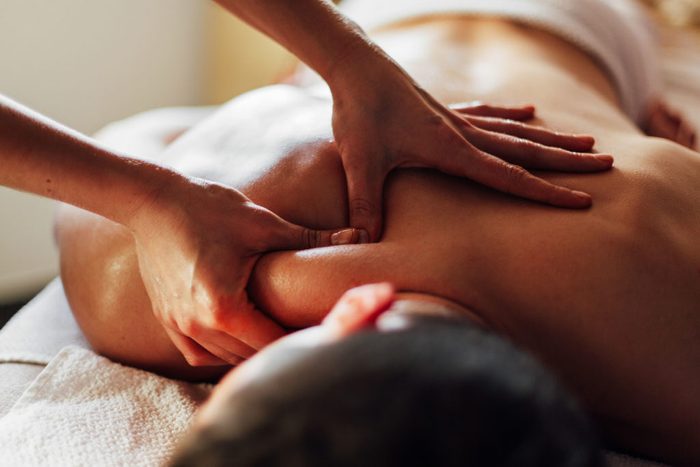
How to Relieve Back Pain: Massage
Several reviews of studies found that massage probably works for chronic low back pain, but the effects don’t last long. If you can afford it and/or your insurance will pay for it, we still recommend it, both for the pain relief and the stress reduction it provides. Ask for deep tissue, myofascial release or acupressure massage, which studies find are best at increasing function and mobility.
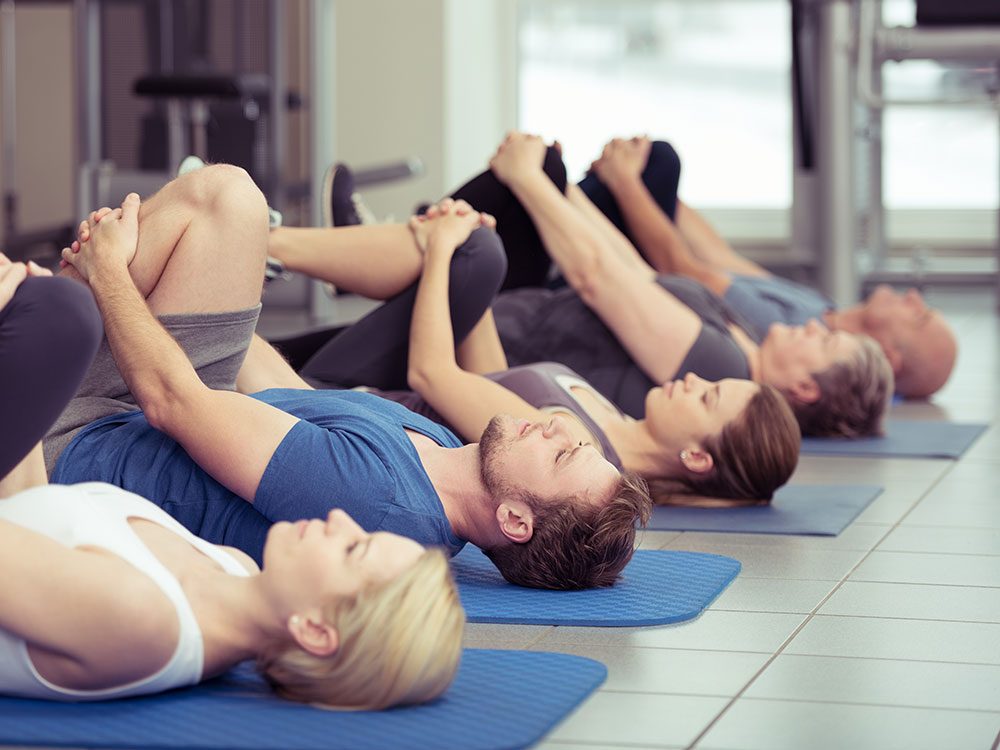
How to Relieve Back Pain: Prevention
• Lift with your legs, not your back. To lift something heavy, stand near the object, bend your knees, grasp the object, then lift by straightening your legs.
• Take a Pilates class. Pilates is ideal for strengthening and stretching the muscles that support the back.
• Make sure your workstation is ergonomically correct. That means an adjustable chair that provides adequate lumbar (lower back) support and has armrests, a computer monitor with the top of the screen at eye level and a wrist rest in front of your keyboard. Your knees and elbows should be bent at 90-degree angles.